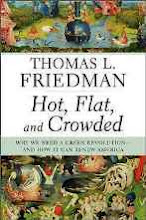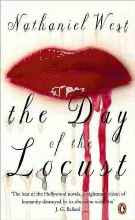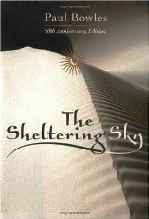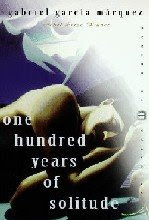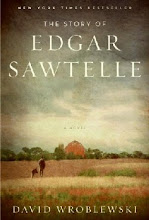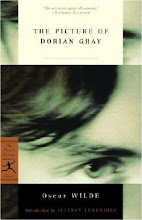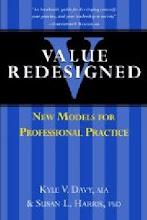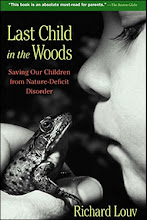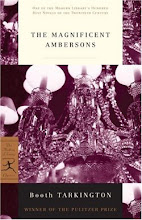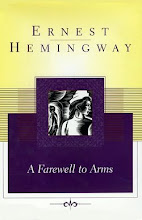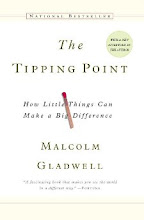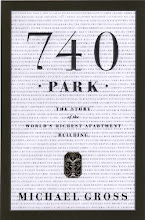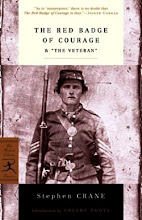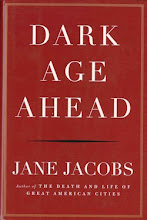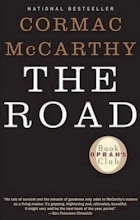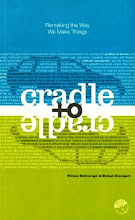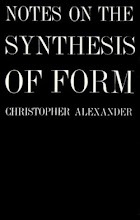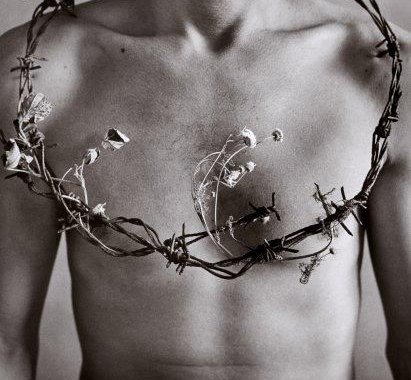Black featureless figures dance and scurry in front of a luminescent white wall that glows with a mystical soft light that could only originate from the heavens. The scene appears to be an interactive dynamic work of kinetic sculpture as shadowy forms glide on the smooth granite floor. The crowd which number in the thousands has come to watch the birth of a new direction in architecture. Anyone who loves art and architecture is in attendance for the formal black tie opening of the Bloch Building expansion to the Nelson Atkins Museum of Art. High society is out in force, doting like a proud grandmother on the bold and expressive new child.
The sounds of jazz floats on the calm evening air as I approach the entrance. For the past five years I have watched the structure emerge from the ground never expecting the universal acclaim which has marked this opening. I’m unable to recall the last time architectural critics from New York, Chicago, Los Angles, London and Paris have uniformly showered a new work of architecture with such praise and adulation. Paul Goldberger, architecture critic for the New Yorker Magazine, notes that the expansion “is not just Holl’s finest by far but also one of the best museums of the last generation. Its boldness is no surprise, but, in addition, it is laudably functional, with a clear layout, handsome and logically designed galleries, and a suffusion of natural light.”
It is with much humility and a slight sense of pride; I ascend the long gallery to the lobby passing the multitudes in strapless evening gowns and tuxedoes. My role in the project, although important to the aesthetic, will forever be obscured by the enormous legions of team members who have toiled for years on this project. My contribution will be relegated to a footnote, but I’m comfortable with that.
The experience of emerging into a series of flowing white galleries is best described by the architect Steven Holl. “The expansion of The Nelson Atkins Museum of Art fuses architecture with landscape to create an experiential architecture that unfolds for visitors as it is perceived through each individual’s movement through space and time. The new addition engages the existing sculpture garden, transforming the entire Museum site into the precinct of the visitor’s experience. As visitors move through the new addition, they will experience a flow between light, art, architecture and landscape, with views from one level to another, from inside to outside. The threaded movement between the light-gathering lenses of the new addition weaves the new building with the landscape in a fluid dynamism based on a sensitive relationship to its context. Rather than an addition of a mass, the new elements exist in complementary contrast with the original 1933 classical “Temple to Art”.
 Photo by New Yorker Magazine
Photo by New Yorker Magazine Traversing the hallways to the extravagant long buffet tables I pass three former mayors, one Senator, one attorney general, five artists, two actors and five chairmen of prominent local companies. It is a spectacle of royalty seldom seen in such abundance in Kansas City. Dinner is served in amidst the polished marble columns of Rozzelle Court in the heart of the historic 1933 structure as a band serenades the patrons.
After dinner I stroll down the new galleries that are organized in sequence to support the progression of the collections which gradually step down into the Park continually punctuated by views into the landscape. I slowly explore the new addition until the Isamu Noguchi Sculpture Court reveals itself, establishing a binding connection to the existing Henry Moore Sculpture Garden. Sitting outside in the restrained landscaping of the sculpture garden I enjoy the view while sipping an after dinner cocktail. Darkened forms dance in front of the light under a brilliant full moon to the muted cry of a sensual lone saxophone. The night is perfect as the fleeting moment representing years of effort disappears like the smoke of a cigarette on a breeze. From this day forward this private playground of mine which I have shared only with my associates and construction workers will become the possession of the public. It is with a touch of melancholy I leave this familiar friend to its adoring public. I shall forever retain a sense of fondness for my Asymmetrical Evening in black tie.
 "As we look deeply within, we understand our perfect balance. There is no fear of the cycle of birth, life and death. For when you stand in the present moment, you are timeless."
"As we look deeply within, we understand our perfect balance. There is no fear of the cycle of birth, life and death. For when you stand in the present moment, you are timeless." Rodney Yee














